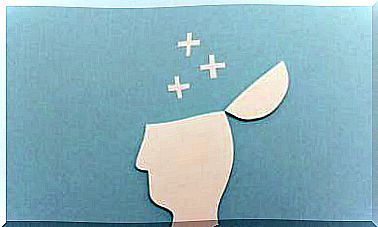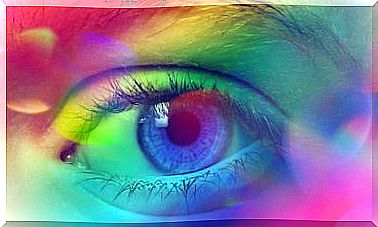Colors Influence Your Mood

Numerous studies reveal that colors influence mood. However, it has not been scientifically proven that colors are a key element that helps healing. Therefore, treatments such as chromotherapy, are considered as natural alternative therapies, since they do not meet the requirements to be considered a reliable medicine.
What is clear is that although colors are not the determining factor to cure any ailment, they can change our emotions. Colors influence your mood, even if it’s just a few percent.
What’s more, multiple studies reveal that the psychology of color is a science that deserves more research. Among the recently discovered applications, it is found that color therapy is one of the means used for the release of tension in back pain.
Something certainly interesting to keep in mind.

The colors red, orange and yellow
One of the most interesting and complete books on the subject of colors is the one that Eva Heller published in 2004. In “Psychology of color: how colors act on feelings and reason” we find a complete, exhaustive and validated work through numerous studies.
Thus, much of the information that we handle below is based, without a doubt, on this interesting manual.
To begin with, if there is one thing we know for sure, it is that red, orange and yellow are exciting colors of our nervous system. That is, they activate us and transmit energy. They encourage activity and encouragement. They give warmth and vivacity. Likewise, they are especially indicated for all those people who feel down, low in spirits or with a tendency to be discouraged.
Green, blue and purple
They are “sedative” colors, which convey tranquility. They encourage relaxation. Green, blue and violet have a relaxing effect and bring peace to the mind and body. They are ideal to wear on clothes in job interviews, as they convey transparency, sincerity and responsibility.
The green of nature, the deep blue of the sky, the elegant violet of flowers. They all carry the message of emotional healing. Ideal to put on the walls of places where we want to abandon ourselves to relax.

White and beige
They are neutral and cold colors. White and beige are clear symbols of purity and simplicity. Ideal to put in places where we want to achieve maximum concentration.
They are not characterized by producing emotional changes. And, therefore, the ideal place to paint the walls white would be a study room. In an office, biege would be the optimal color, because, in addition to focus, it gives a sense of seriousness and responsibility.
Pink and fuchsia
The light pink color conveys kindness, innocence and good intentions, although it can also be perceived by the other as a sign of immaturity. It is ideal to carry if you need someone to trust you for something.
As for the decorations, they are usually used in the children’s room, because it is associated with childhood. But it is not only associated with intellectual immaturity, since it is a color widely used to symbolize altruism, kindness and sensitivity.
Black and gray
The black color conveys sadness and pessimism, but in clothing it brings elegance and seriousness. It would not be advisable to wear in summer, as it visually gives the sensation of closure, heat and little breathability.
The gray color also brings sadness, pessimism and bad vibes. In clothing it has a meaning of independence, distrust, boredom, discouragement, although it also transmits respect, professionalism and seriousness.

Why do we choose one color or another when dressing?
When we dress, we unconsciously usually do it based on the emotions we have at that moment. If you are aware of what each color brings, you can change your mood.
Normally, when someone wakes up negative, feels down and discouraged, they will tend to choose dull and pessimistic colors. And, on the other hand, when we wake up happy and in a good mood, we do choose cheerful colors.
If you go against what you would do naturally, you can change your mood. To do this, analyze what emotions you have and get according to how you would like to be. For example, if you wake up one day and analyze yourself: “today I feel without vitality, but that is precisely why I am going to give color to my clothes” and you wear a red shirt, you will probably be able to overcome that initial regret of the day.
In this way, you incite yourself to action and consciously and unconsciously raise your morale. Although colors do not work miracles, rest assured that you have contributed to improving your emotions by using the color you need at all times. If you wake up stressed and need relaxation, you can opt for soothing colors like blue, green or purple.
You also have to consider where you have to go and what impression you need to make. It is not the same to go out to dinner in a friendly atmosphere than to go to an important work meeting. Colors have been shown to influence mood and even if not to a high degree, every grain of sand that you put together in your favor will enhance your emotions.









